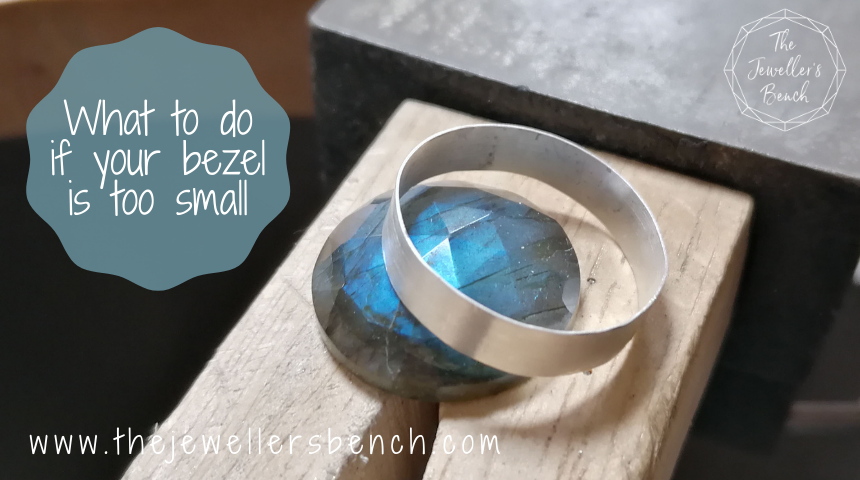Ten facts about Amethyst, February's birthstone
Beautiful, regal Amethyst is one of February's birthstones.
Read on to find out more this rich purple gem, including Greek myths about it's name!

2. Amethyst is on the Mohs scale at 7 which makes it very scratch resistant - but not impossible to damage!
4. The two main sources of amethyst are Brazil and Zambia although it is also found in Uruguay, Russia, Sri Lanka, Mexico, and the US state of Arizona.


6. Amethyst gets its purple color from iron oxide in the quartz. After the stone crystalizes, gamma rays that are emitted by radioactive materials inside the rock. They irradiate the iron, turning it purple.
8. Tibetian Buddhist monks use amethysts to make prayer beads. The beads are used during prayer and meditation to help the monks concentrate as it is believed that amethyst helps to calm the mind.
9. The world's largest amethyst geode stands at 3.27 meters tall and weighs 2.5 tonnes. "The Empress of Uruguay" was discovered in 2007 and took 3 months to exacvate. It is now on show in Queensland, Australia, but since 2011 it has sadly been missing a piece due to a vandal breaking off a piece the size of a tennis ball.
10. Amethysts are often found as geodes. A geode consists of a cavity lined with crystals. Gas bubbles become trapped in cooling lava, sometimes merging to form quite large cavities. Eventutally hot mineralised solutions seep into the cavities and deposited crystals, and this creates the treasures found today.
11. And a lastly bonus fact for you... Leonardo da Vinci believed amethyst had the power to control evil thoughts, to quicken intelligence, and to make men shrewd in business matters!

Want to find out more about using gemstones in your jewellery?
Here are some useful blog posts and tutorials.
What to do if your bezel is too small for your stone
You've cut your bezel strip to size, filed the ends, soldered and carefully neatened up the solder join - only to find that the bezel is now too small for your stone! Don't worry, we've all done it.... and I'm going to show you an easy way to put it right.
Stone Set Rings
Start with simple hammered rings and then learn how to adorn them with small cabochons!
How to repair your burnisher - and why you need to!
A burnisher is a must-have for stone setting - and for many other jobs too! However, burnishers must be looked after carefully if they are going to give you the best results. To find out why and how to look after them read on!
Make Your Own Stone Setting Tool
Learn how to turn a nail into a great stone setting tool - with stone setting tips too!
And for weekly jewellery making tips and a place to share your work and ask for advice join The Jeweller's Bench Café facebook group! Just click on the photo...


Joanne Tinley
The Jeweller's Bench is run by Joanne Tinley. She has been making her own jewellery for as long as she can remember and left her first career as a school teacher to set up business as a jewellery designer and tutor nearly 15 years ago. She is self-taught and like many people started with wire and beads. Learning how to solder, however, opened up a whole new world of jewellery making, one that she is keen to share! There is something so magical about watching solder flow through a seam, joining two pieces of metal together smoothly.



